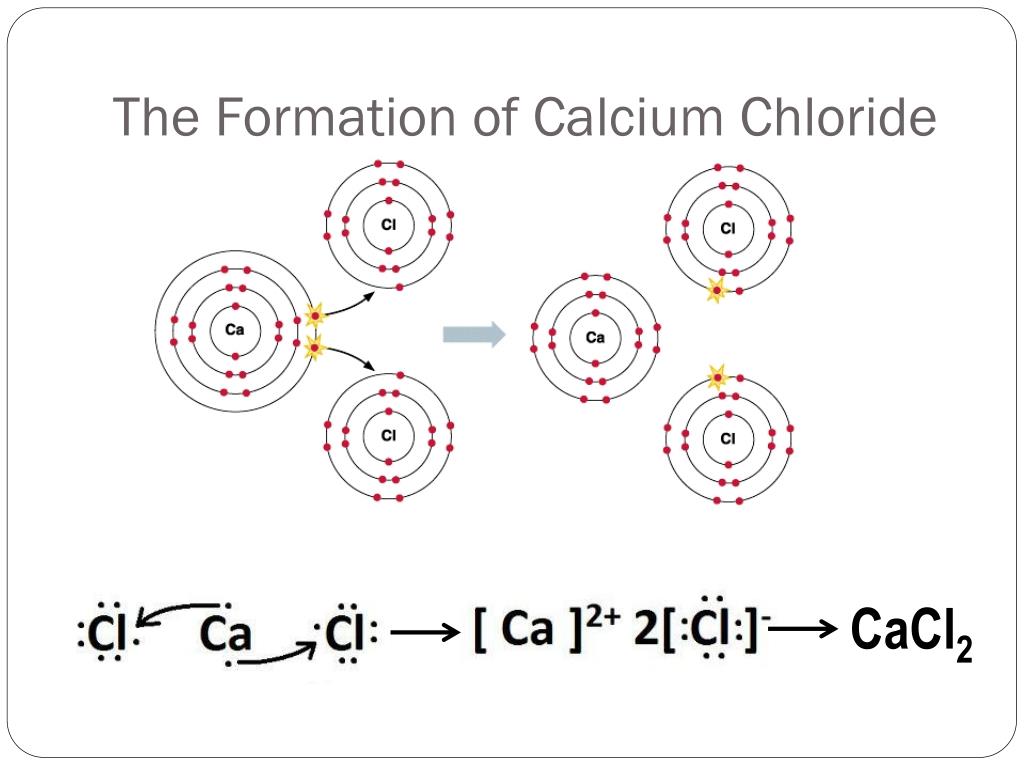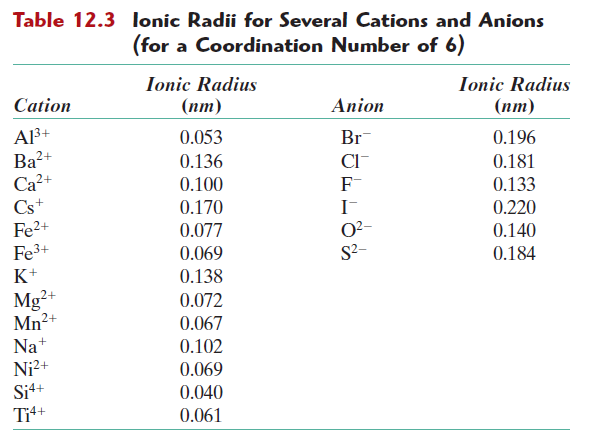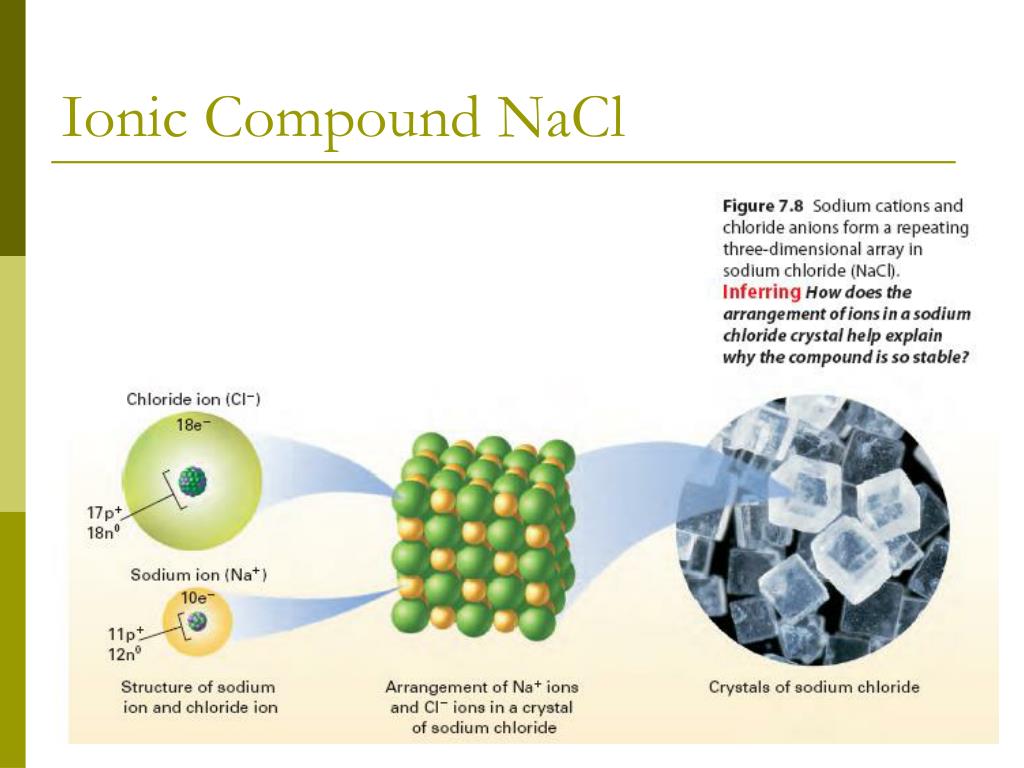


The carbonate groups are contained within the spheres centred on the calcium atoms. ( a) Calcium atoms are represented by oversized mustard-coloured spheres and water molecules by a ball and stick model with red and white spheres representing the oxygen and hydrogen atoms, respectively. Projections of the ACC structure model produced by Monte Carlo simulations constrained by X-ray and neutron scattering data. Molecular dynamics simulations allowed us to asses the physical properties and to substantiate the chemical (meta)stability of our novel ACC model. Transmission electron microscopy (TEM) and selected area electron diffraction (SAED) further supported our conclusions while small angle neutron scattering (SANS) extended our study up to the micron lengthscale. These data, combined with Monte Carlo simulations 15 and model building produced, for the first time, a detailed atomic structure for ACC. In order to resolve these conflicting models we used a recently developed method to synthesise a deuterated, non-doped ACC sample which is stable for many days 19 and which allowed us to collect neutron and X-ray scattering data of unprecedented quality (Supplementary Fig. In contrast, two other studies using Mg-doped 17 and non-doped ACC 18 proposed a homogenous structure with no evidence for long-range hydrogen-bonded networks. 16, using ACC generated without stabilizing additives, yielded a structural model of a nanoporous charge-separated calcium-rich framework pervaded by interconnected channels rich in water and carbonate. Three recent studies of synthetic and non-deuterated ACC used Monte Carlo simulations 15 constrained by scattering data to address this issue but produced disparate pictures. These are, however, difficult to determine unambiguously due to the transient nature of these materials and a lack of long-range order. A knowledge of the atomic structures of these intermediates is a prerequisite for fully elucidating formation pathways, identifying biological control mechanisms and for understanding the role of polyamorphic 14 phase transformations in determining final crystalline products. Transient amorphous precursors such as amorphous calcium carbonate (ACC) play a crucial role in both biological and synthetic mineralisation systems.

This contribution provides a new atomic-scale understanding of ACC and provides a framework for the general exploration of biomineralization and biomimetic processes.Ī molecular understanding of the processes that drive mineral formation is essential for deciphering biomineralization processes 1, 2, 3, 4, 5, 6, accurate assessment of paleoclimate records 7, 8, 9, control of mineral formation 10, 11 and to accelerate the development of biomimetic materials 12, 13. Small and ultra-small angle neutron scattering indicates a hierarchically-ordered organization of ACC across length scales that allow us, based on our nano-domain model, to build a comprehensive picture of ACC formation by cluster assembly from solution. This allows for viscous mobility with diffusion constants four to five orders of magnitude lower than those observed in solutions. These simulations revealed a gel-like and glassy nature of ACC due to the water molecules and carbonate ions in the interstitial matrix featuring pronounced orientational and translational flexibility. We probed the structural stability and dynamics of our model on the nanosecond timescale by molecular dynamics simulations. These nano-domains are held together by an interstitial net-like matrix of water molecules which generate, on the mesoscale, a heterogeneous and gel-like structure of ACC. 2 nm that can be described as nanocrystalline.

We find that ACC consists of highly ordered anhydrous nano-domains of approx. Here, using Monte Carlo simulations constrained by X-ray and neutron scattering data together with model building, we demonstrate a method for determining the structure of these intermediates with a study of amorphous calcium carbonate (ACC) which is a precursor in the bio-formation of crystalline calcium carbonates. Many biological minerals form via intermediate amorphous phases, which are hard to characterize due to their transient nature and a lack of long-range order. Understanding the underlying processes of biomineralization is crucial to a range of disciplines allowing us to quantify the effects of climate change on marine organisms, decipher the details of paleoclimate records and advance the development of biomimetic materials.


 0 kommentar(er)
0 kommentar(er)
